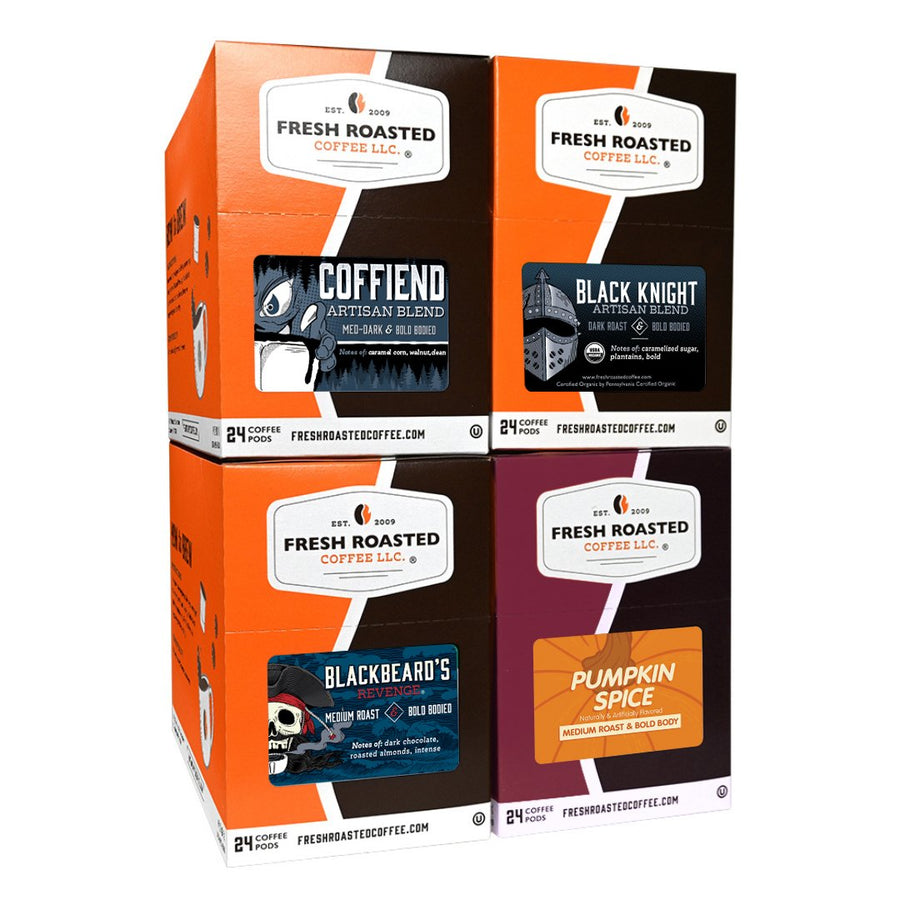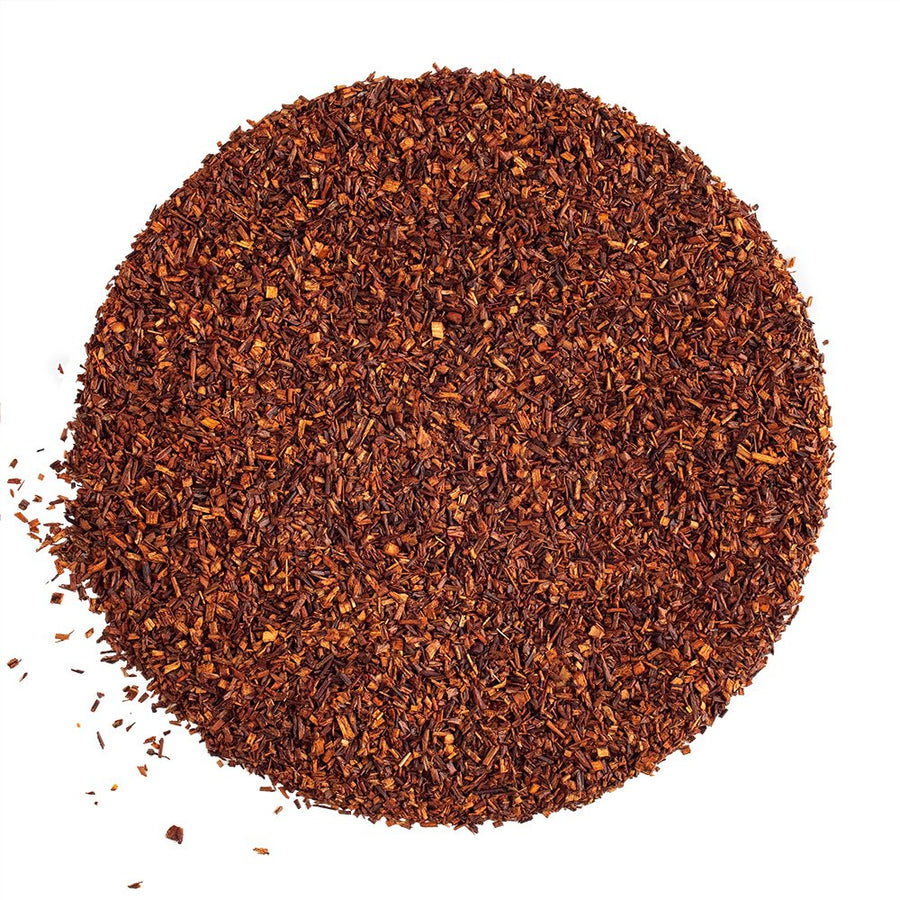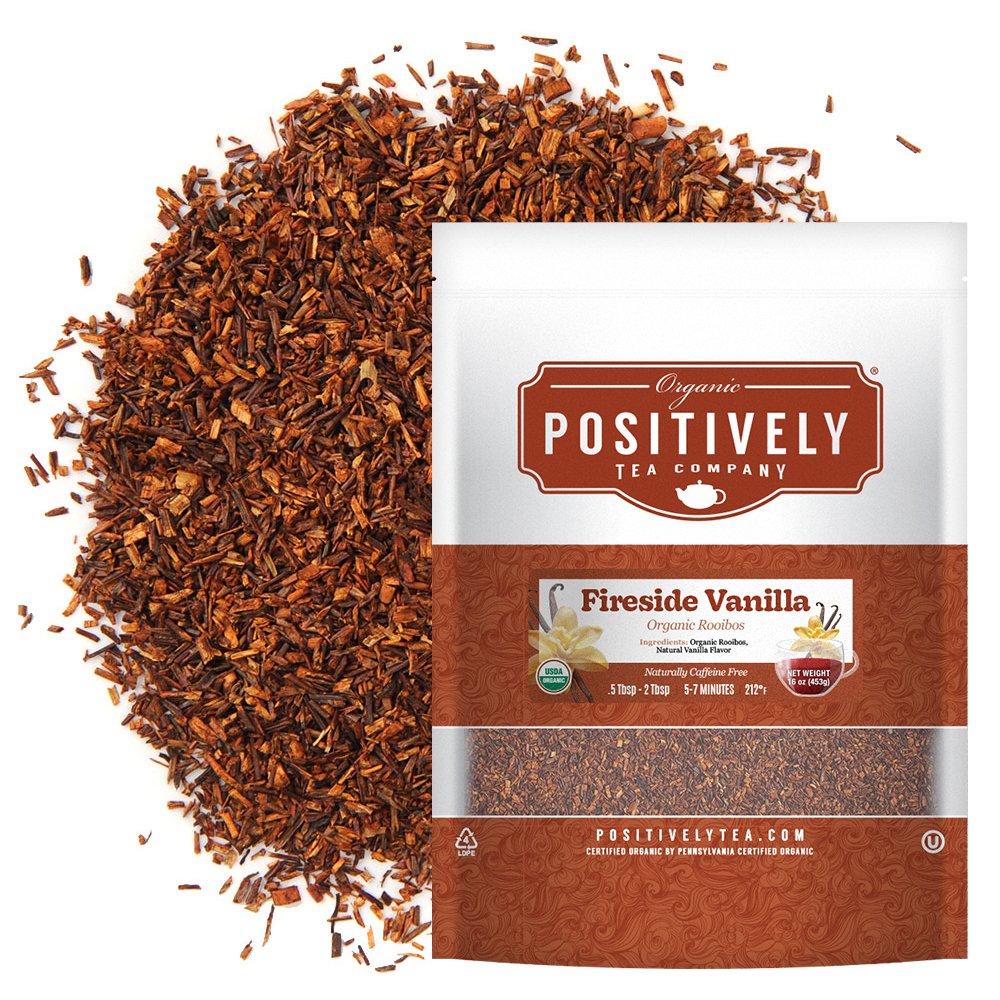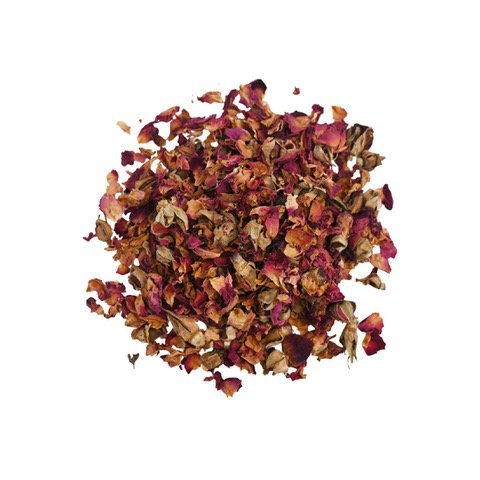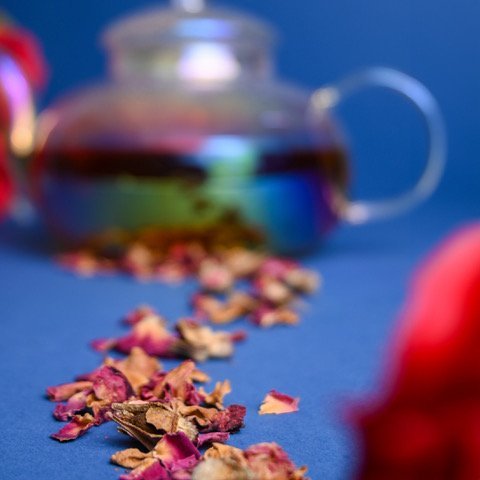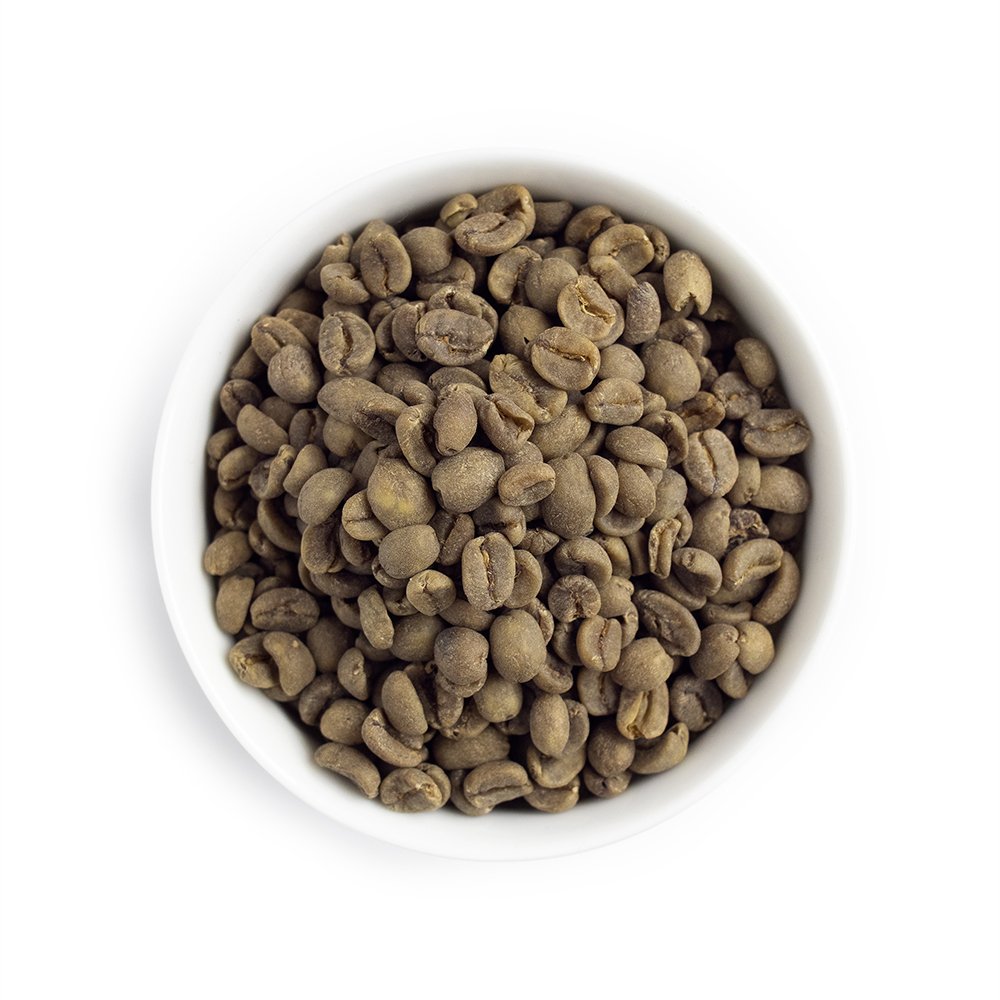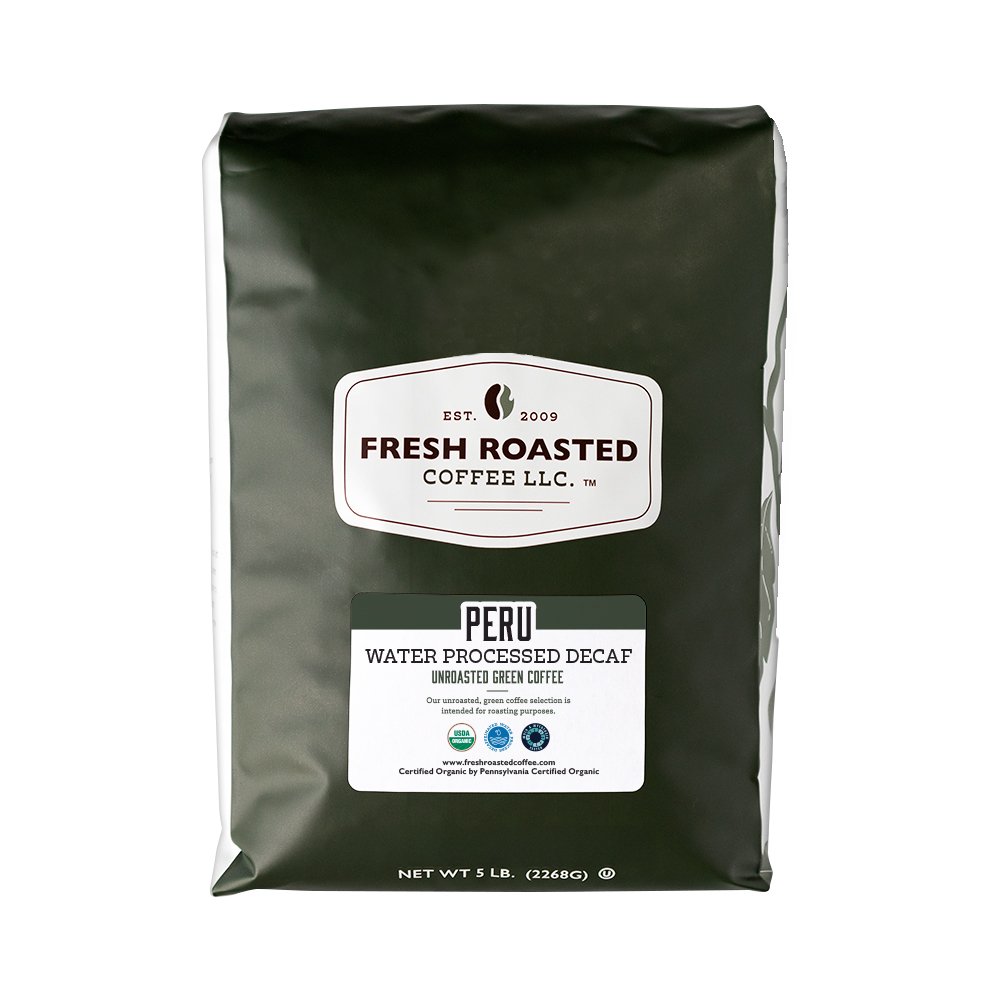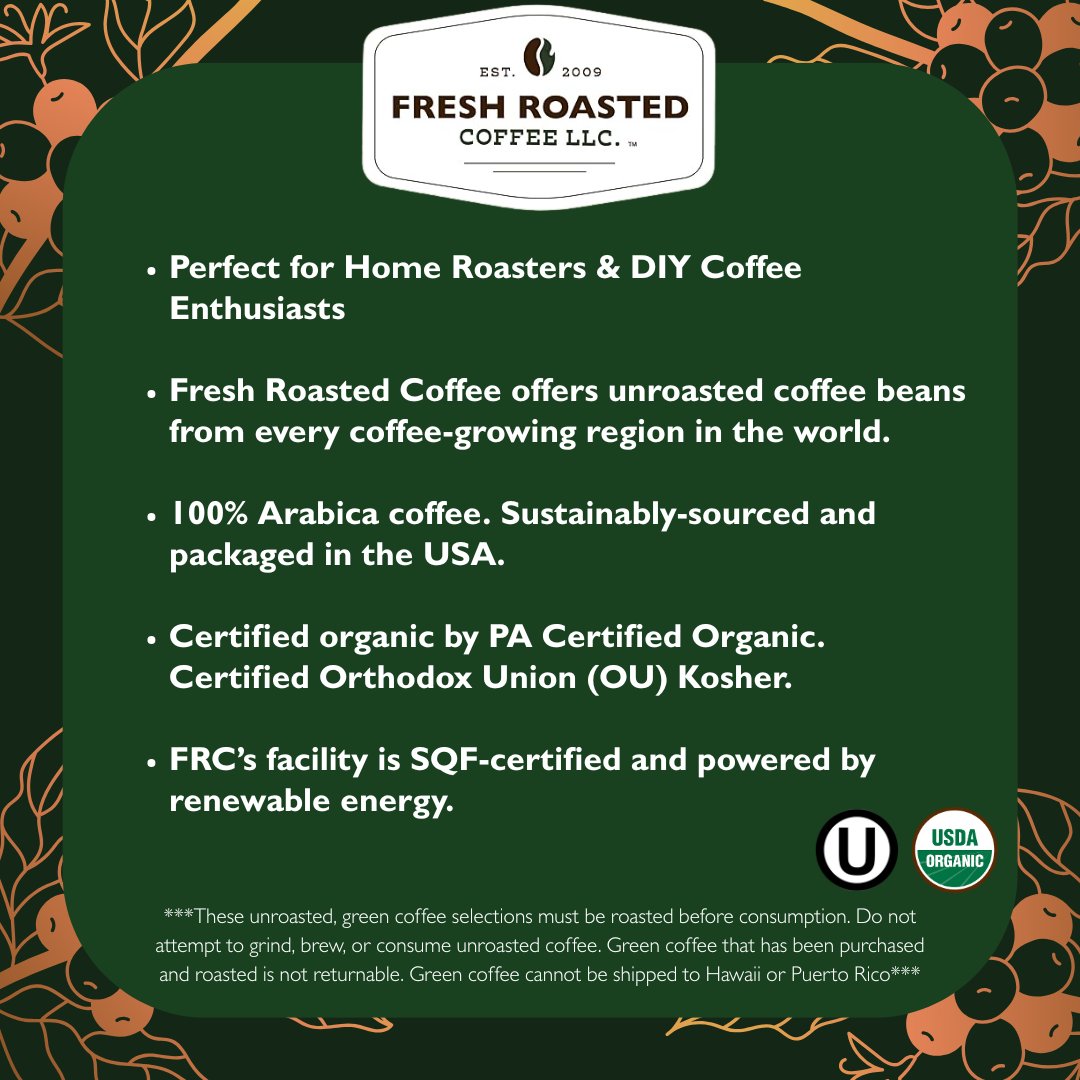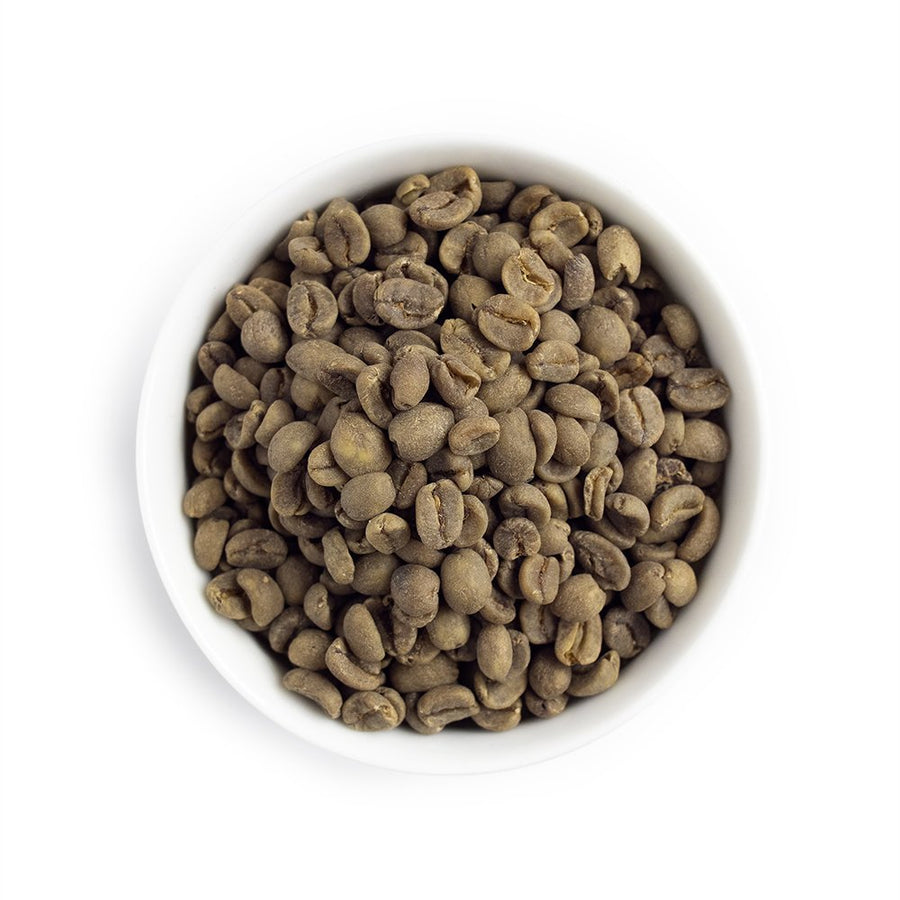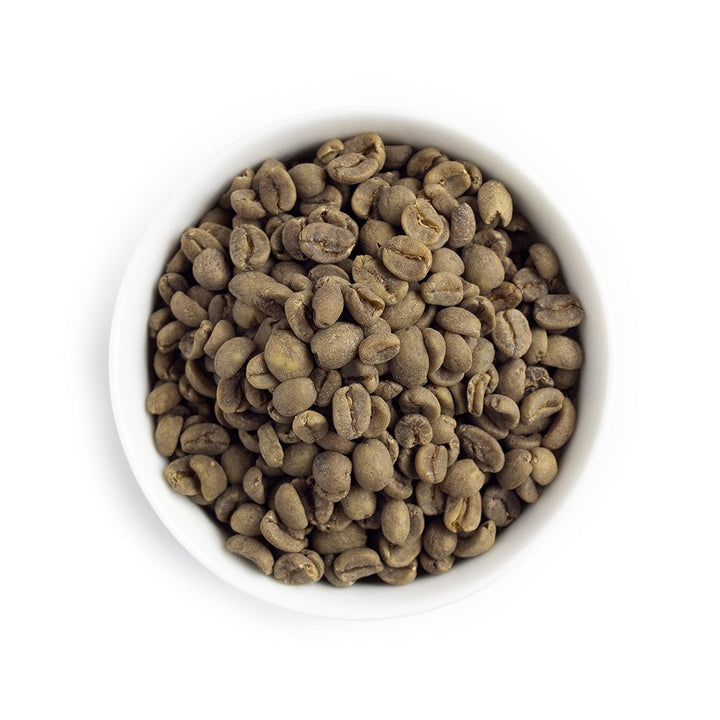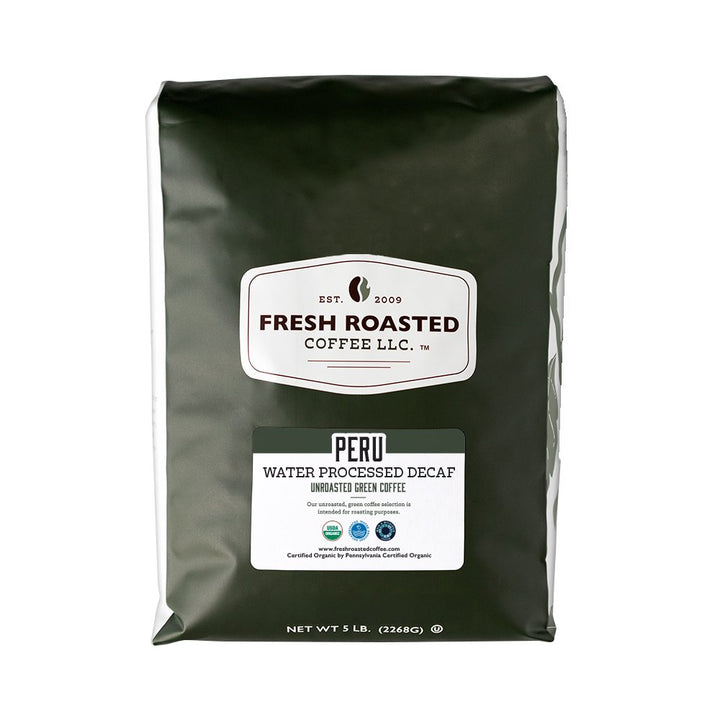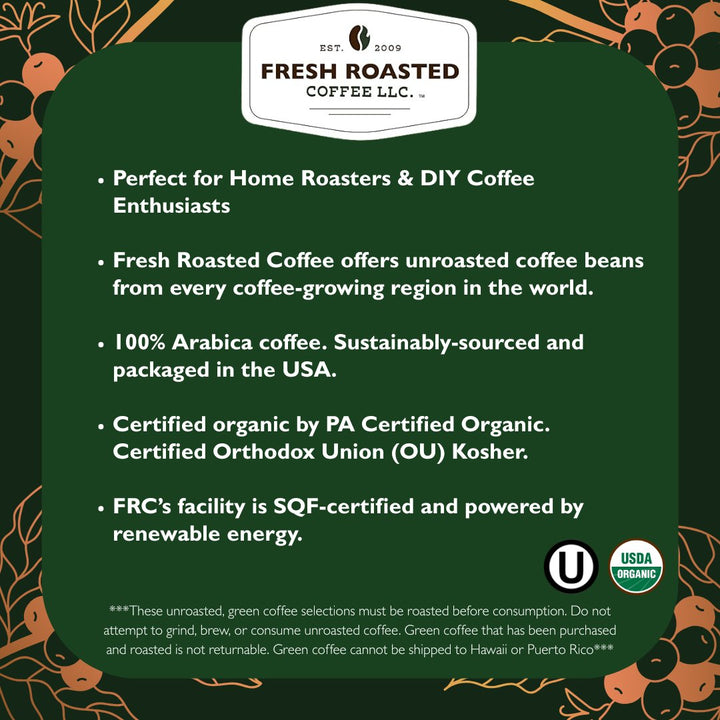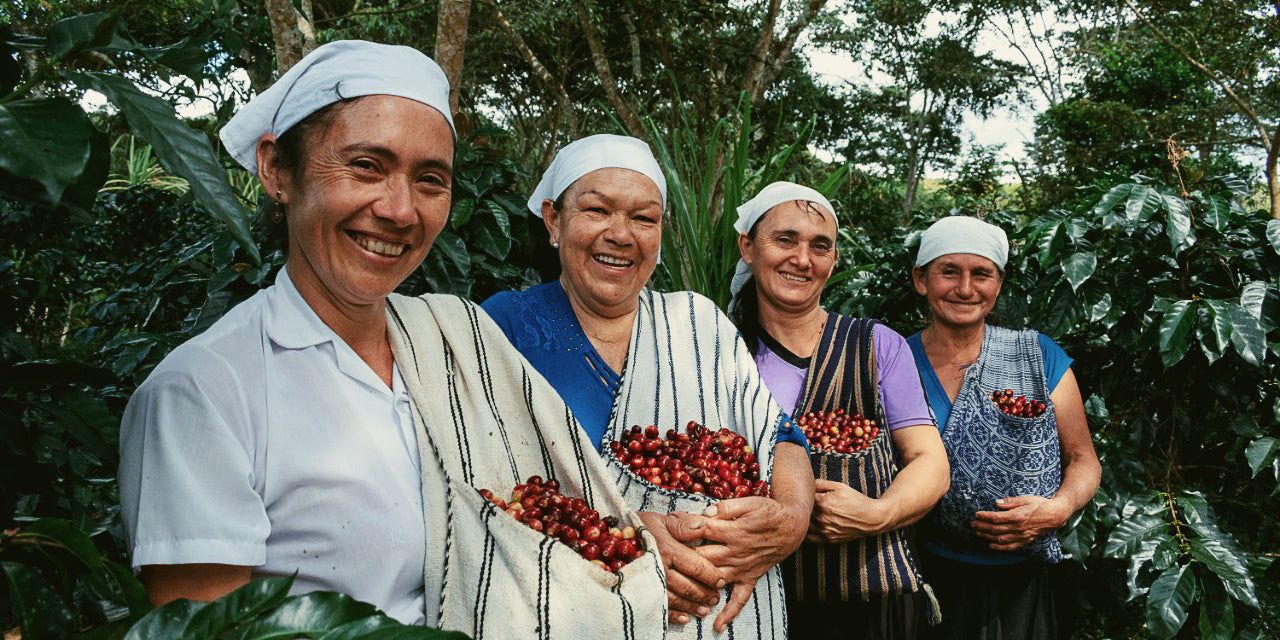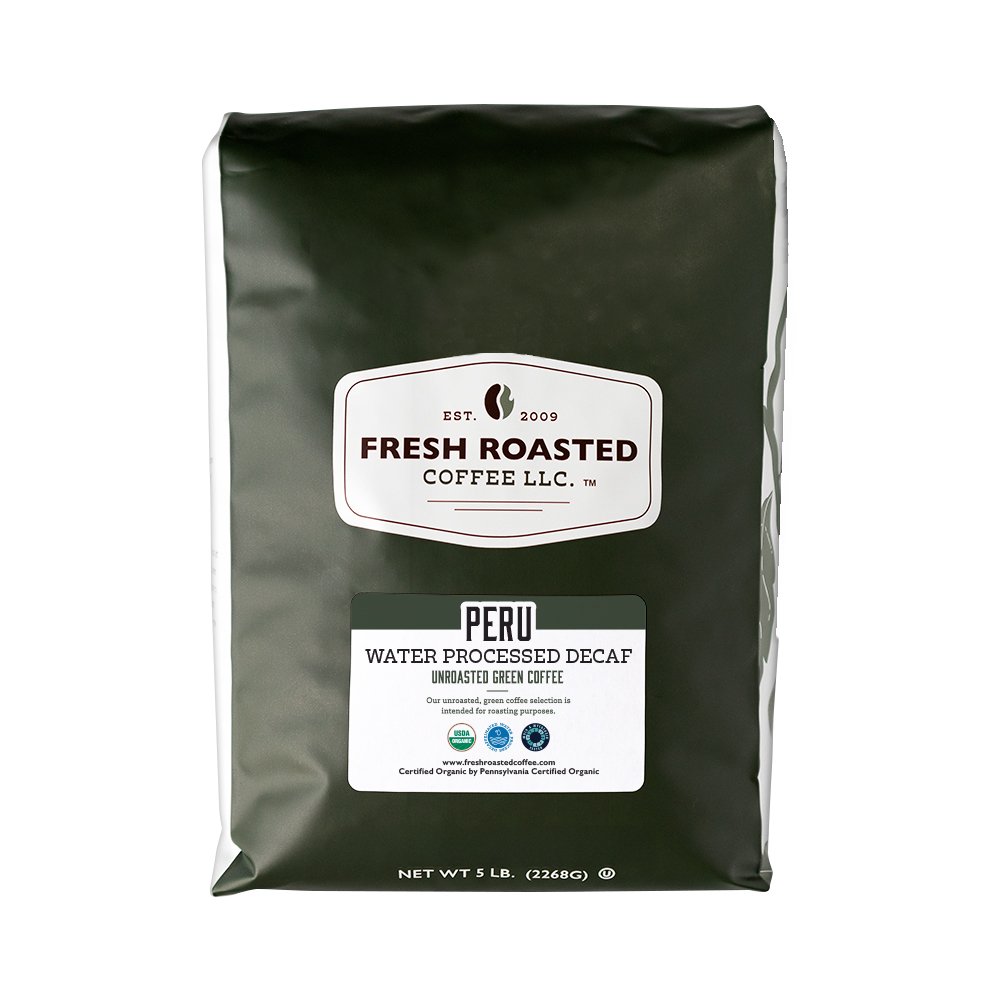Organic Peru Water-Processed Decaf
- In stock, ready to ship
- Backordered, shipping soon
Organic Peru - Unroasted Water-Processed Decaf Coffee Beans
This green Peruvian coffee is water-process decaffeinated and USDA Organic certified. When roasted medium to medium-dark, the body is bold with almond hints and notes of chocolate and sweet cream at the finish. This coffee bean produces a flavorful and deep cup and is an excellent choice for any decaf roaster or coffee lover who doesn't want to skip out on Peru's distinct intensity.
The water-process decaffeination method eliminates the need for harsh compounds or chemicals during caffeine extraction while also helping to preserve the coffee's flavor, balance, and body.
- Certifications: USDA Organic, Water-Process Decaffeinated, OU Kosher
- Caffeine Level: Decaffeinated
- Recommended Roast: Medium to Medium-Dark
Ingredients: Organic 100% Arabica coffee beans.
Organic certified by PA Certified Organic. OU Kosher certified. Packaged in an SQF-certified, renewable energy-powered facility.
Do not grind, brew, or consume unroasted coffee. Green coffee beans that have been purchased and used/roasted are not returnable. Due to agricultural regulations, we are unable to ship green coffee beans to Hawaii or Puerto Rico.
